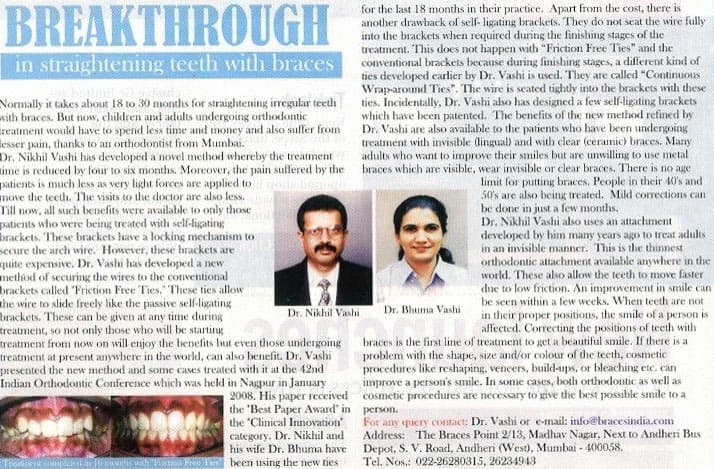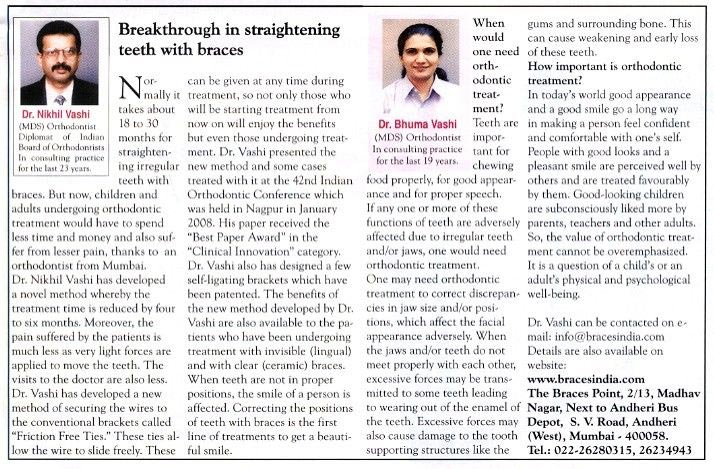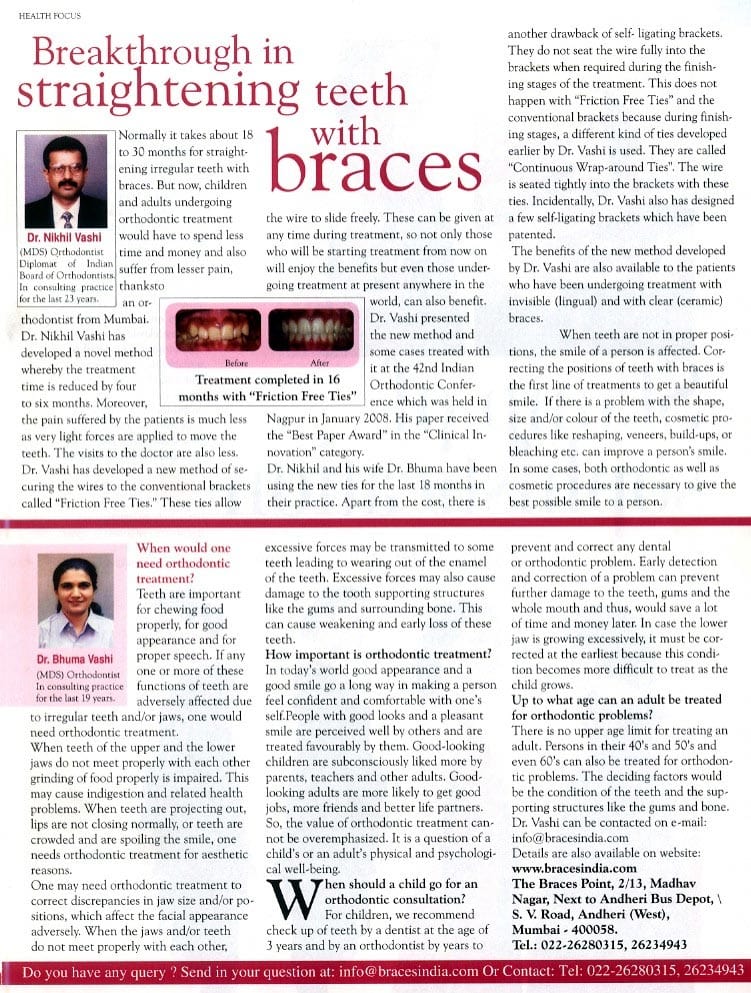Call for Appointment
+91 91379 30546Email for Appointment
appointment@thebracespoint.comClinic Address
2/13, Madhav Nagar, Next to Andheri Bus Depot, Andheri WestAt The Braces Point Total Dental Care Clinic, we understand the importance of a healthy-beautiful smile. Our dental restoration services in Andheri West restore the function and aesthetics of your teeth, giving you a smile you can be proud of.
Our skilled dentists are experts in restoring damaged, decayed, or missing teeth, ensuring your smile looks great, and teeth function the best. From fillings and crowns to bridges and veneers, we use the latest technology for long-lasting results. Considering the patient’s comfort and satisfaction, we tailor our treatments to meet your needs.
Dental Restoration Treatment Inclusions:
Tooth Restoration and Dental Filling
The restoration of teeth becomes essential in situations where decay or structural damage has occurred. In cases of accidents or falls resulting in the fracture of front teeth, it is necessary to rebuild and recreate the original shape of the broken teeth. Moreover, if front teeth have gaps due to their smaller size, we can enhance the teeth to provide aesthetic solutions to our patients. Thanks to advances in materials science, we can now offer our patients beautiful restorations. Our experienced team specializes in creating stunning smiles.
At The Braces Point Total Dental Care Clinic, we offer a variety of filling options, including tooth-coloured composite fillings that provide a natural-looking alternative to traditional amalgam (silver) fillings. Whether addressing cavities due to decay or tooth wear, our precise techniques ensure optimal results.
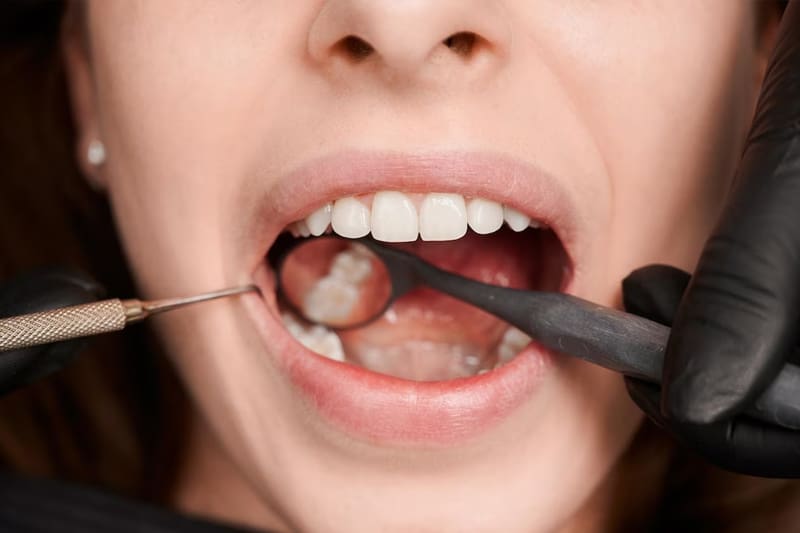
The Dental Filling Procedure:
- Once one of our team members identifies cavities or dental issues requiring fillings, she/he may administer local anaesthesia to numb the tooth's vicinity, ensuring a painless procedure.
- The decay is then removed using a drill, leaving a clean area for the filling.
- The cavity is shaped to create space for the filling material.
- For tooth-coloured composite fillings, the dentist places the filling material in layers, using a curing light to harden each layer before adding the next.
- The filling material is placed into the prepared cavity and sculpted to match the natural shape of the tooth and your bite.
- The dentist checks your bite to ensure it's comfortable and properly aligned.
You can rely on us to provide optimal filling solutions, restoring both the form and function of your teeth.
Root Canal Treatment:
When tooth decay reaches the nerves or infections occur, root canal treatment is necessary to save the tooth from extraction. At The Braces Point Total Dental Care Clinic, our experienced endodontist/dentist performs root canal procedures with precision, relieving pain and restoring tooth function. In cases where a patient has developed a cyst or periapical lesion related to certain teeth, our expert doctors offer the best options to save these teeth.
The Root Canal Treatment Procedure:
- The endodontist/dentist on our team administers local anaesthesia to numb the tooth and the surrounding area, ensuring your comfort throughout the procedure.
- The she/he carefully creates a small opening in the tooth's crown to access the pulp chamber and root canals.
- Specialized tools are used to delicately remove the infected pulp from the chambers and canals.
- The root canals are cleaned, shaped, and prepared for filling, eliminating any remaining infection.
- An antimicrobial solution is used to disinfect and remove debris from the cleaned and shaped root canals.
- Biocompatible gutta-percha is used to fill the cleaned and shaped root canals, sealing them against infection.
- The entry point in the tooth's crown is closed off using either a temporary or permanent filling.
- After the root canal procedure, a crown or filling is attached to the tooth, restoring both its functionality and aesthetic appeal. This step is typically completed during a separate appointment.
Our advanced Root Canal Treatment can help restore your beautiful smile. Bid farewell to dental discomfort and schedule your appointment with us today!
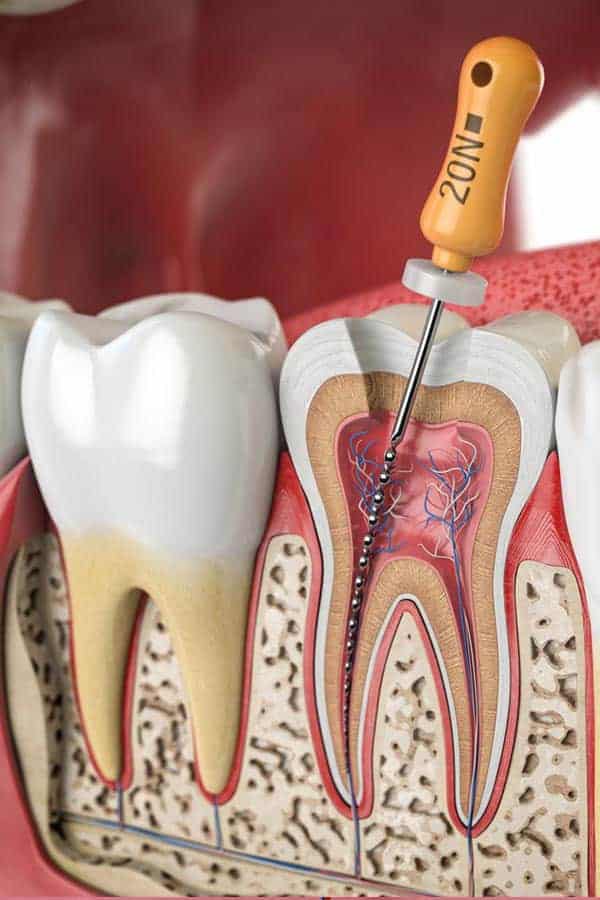
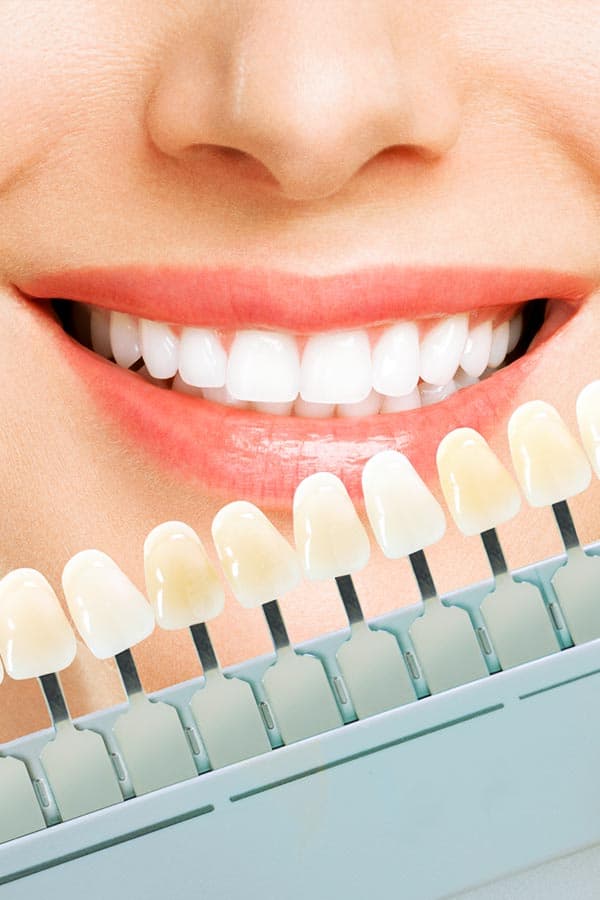
Cosmetic Veneers:
Our cosmetic veneers are meticulously crafted from top-tier materials such as porcelain, tooth-coloured composite, or Zirconia. These cosmetic veneers offer an exceptional solution for enhancing the appearance of chipped, damaged, or discoloured front teeth. Whether you’re looking to address minor alignment issues or developmental concerns, our veneers can effectively reshape, resize, and brighten your teeth.
The Process of Receiving Veneers at The Braces Point Total Dental Care Clinic:
- We begin by discussing the various types of veneers available, including porcelain and composite resin veneers, to help you select the most suitable option.
- The treating specialist prepares your teeth by delicately removing a thin layer of enamel from the front surface, creating the necessary space for the veneers.
- Impressions of your teeth are taken, or a 3-D scan is performed to create custom veneers that perfectly fit your unique smile.
- Skilled technicians in a dental lab meticulously craft your custom veneers based on the impressions and specifications provided by our team.
- Once the veneers are ready, the treating specialist evaluates the fit and appearance of each veneer on your teeth without permanently bonding them.
- The veneers are then permanently bonded to your teeth using a special adhesive, and a curing light is used to harden and set the material.
- The dentist may make minor adjustments to achieve the desired look and will also polish the veneers for the best aesthetics.
You can have confidence in The Braces Point’s expertise in providing cosmetic veneers that exude self-assuredness and bring out your most radiant smile.
Dental Caps for Strong, Natural-Looking Teeth
Whether your tooth is severely decayed, cracked, or weakened due to a large filling, dental caps provide a robust and naturally appealing solution. Our experts take great care in designing and customizing each cap to seamlessly blend with your natural teeth.
Various Types of Dental Caps Available at The Braces Point Total Dental Care Clinic:
- Porcelain-fused-to-Metal (PFM) Crowns: Combining a metal base for strength with a porcelain outer layer for a natural appearance.
- All-Ceramic or All-Porcelain Crowns: Crafted entirely from ceramic material, renowned for exceptional aesthetics and a natural look.
- Metal Crowns: Highly durable crowns made of metals, resembling stainless steel, with minimal removal of natural tooth structure.
- Zirconia Crowns: Utilizing strong and durable zirconia material to closely mimic the appearance of natural teeth.
- Porcelain-fused-to-Zirconia (PFZ) Crowns: Combining the strength of zirconia with the aesthetic advantages of porcelain.
Contact our team today to arrange your appointment and take the first step towards a brighter smile!
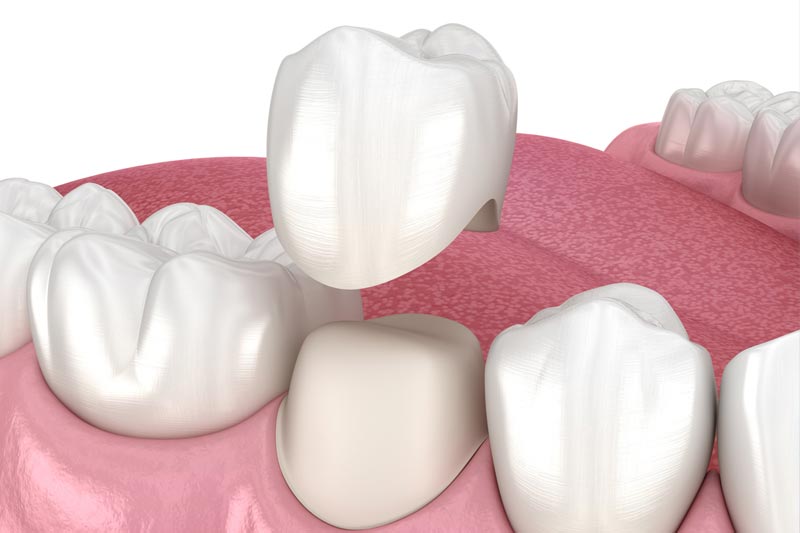
FAQs
Tooth restoration procedures may involve some level of discomfort or pain. For minor restorations, the discomfort is typically minimal. For more extensive restorations, like dental crowns or root canal treatments, proper anaesthesia and pain management techniques are used so that most patients report feeling absolutely comfortable during the treatment.
Yes, dental restorations are considered permanent. However, the time span of restoration depends on factors like the material used, oral hygiene, grinding habits, and location in the mouth. The patient has to follow the instructions given post restorations to maintain the teeth and restorations.
Yes, holes or cavities in teeth can be fixed through a dental restoration. The most common way to repair holes in teeth is by filling them with dental filling material, such as composite resin, or glass ionomer cement. Earlier silver amalgam was used but the preferred material today is composite resin.
- Dental fillings (amalgam or composite): 50-90% survival after 10 years, depending on the size and location of the filling.
- Dental crowns: 90-95% survival after 5-10 years, with proper care and maintenance.
- Dental bridges: 85-90% survival after 10 years, but can last longer with good oral hygiene.
- Dental implants: 95-98% survival rate after 10 years, making them a highly successful long-term restoration option.
Dental restorations are generally considered to carry a negligible amount of complications. If the cavity is deep then the restoration procedure may cause inflammation of the pulp, which can be managed by the dentist with medications. Regular dental check-ups and good oral hygiene are recommended after the treatment to ensure minimal risks. Schedule your appointment with The Braces Point, a clinic for dental restoration in Andheri.
We look forward to welcoming you and ensuring that your dental experience is nothing short of exceptional. Contact us today to schedule your appointment and embark on your journey towards a healthier, more beautiful smile.
Book An Appointment With Us Today!
Meet Psychologists
qualities that mean you can place your trust in them.
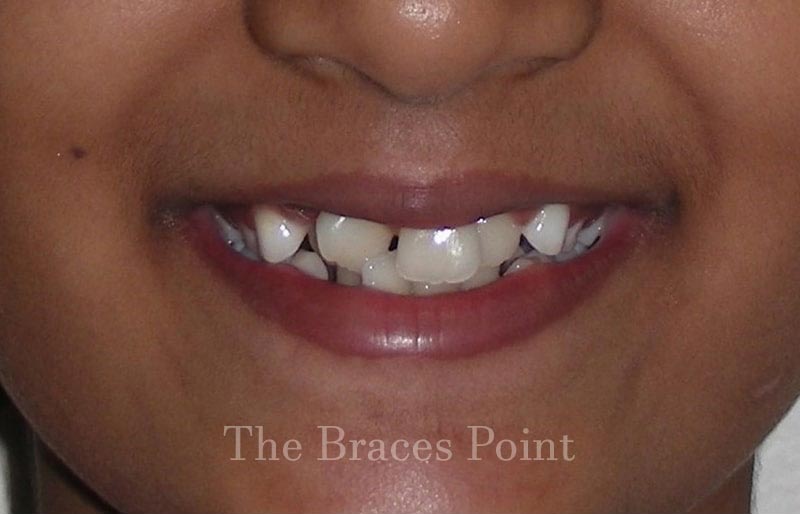 BEFORE
BEFORE
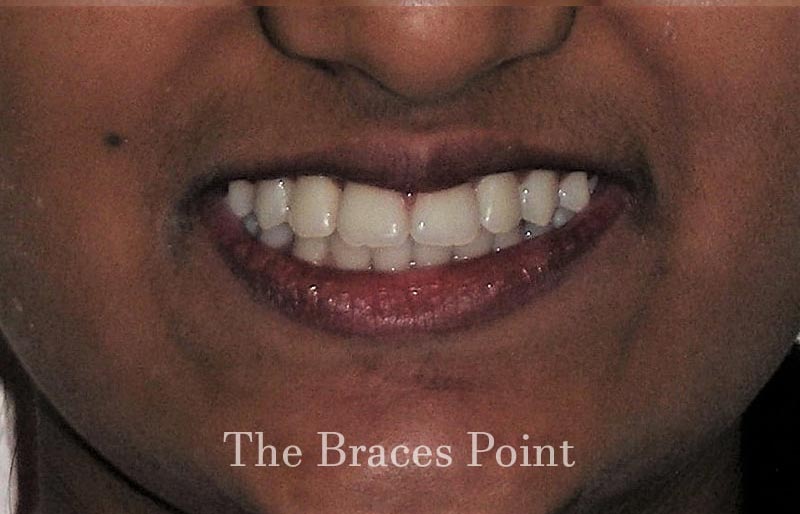 AFTER
AFTER





